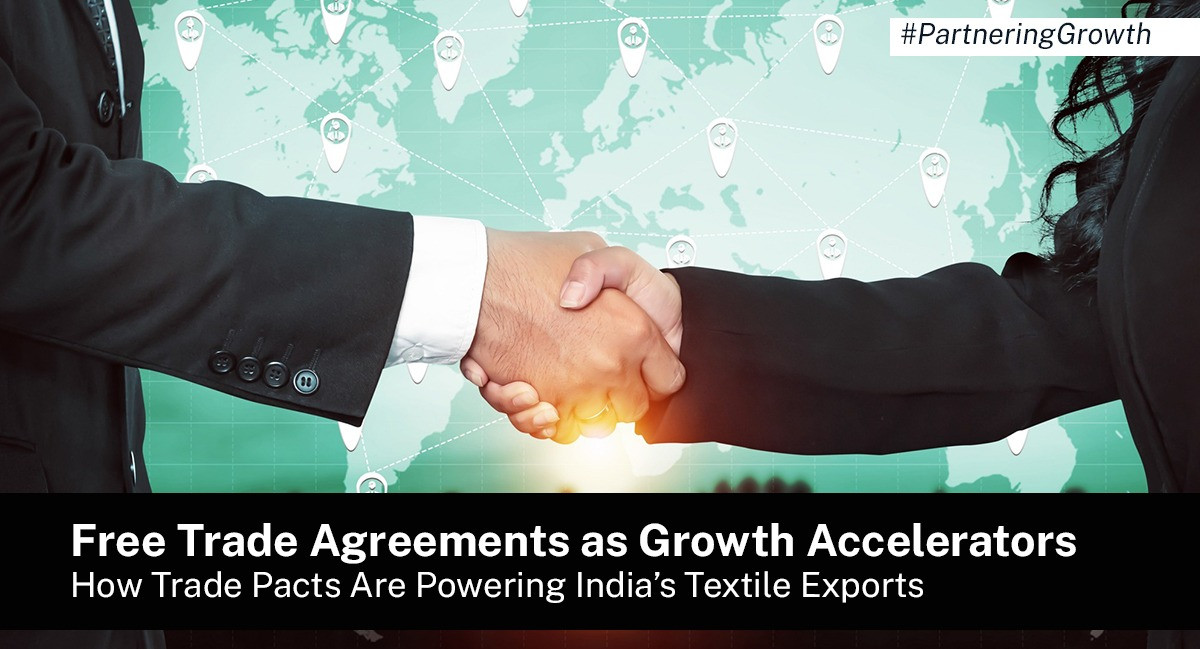


Building Off a Strong Base
The textile and HVAC sectors have been vital pillars of India's export economy, experiencing substantial growth and sustained job creation due to a skilled workforce, diversified raw materials, and resilient MSMEs. As previously discussed, trading agreements and FTAs play an important role in each sector's competitiveness. Recent and continuing developments also show that these trading relationships are propelling growth and generating new trade relationships for India.
The Proven Impact of the India-UAE CEPA
With the India-UAE Comprehensive Economic Partnership Agreement (CEPA) generating impressive results, especially in the apparel sector, the impact of CEPA is real. The broad volume of apparel exports during FY25 increased 18% YoY, which emphasizes India's ability to leverage tariff elimination, streamline customs processes, and use preferential certificate of origins to grant tangible advantages to Indian textile exporters.
Indo-Australian ECTA
Onward from the Gulf region, the Australia Economic Cooperation and Trade Agreement (ECTA) marks a second significant achievement. By offering duty-free access on 95% of tariff lines, a market for Indian textile firms to be only one step away from market entry into Australia becomes available. This agreement not only increases competitiveness but also supports the sector’s diversification into new geographical markets and helps reduce the over-dependence on traditional markets like the USA and EU.
UK and EU Trade Talks
We now have ongoing negotiations with the United Kingdom and the European Union, which hold the possibility for a bright future with even more export potential estimated to be in excess of $5 billion. As these two regions together account for nearly half of the textile exports from India, having a formal trade agreement with them would be a notable achievement. In conjunction with existing FTAs, this will lead to further integration into global textile value chains, and could provide better investment prospects and technology transfer, more opportunities to grow, and new market development and access.
Conclusion:
The evolution of India’s textile trade universe requires timely intervention from trade diplomacy and the inherent strength of the textile sector. Together, they will foster a globally competitive, innovative, and sustainable environment.
Sources:
Press Information Bureau, Government of India – India-UAE CEPA
Economic Times – India-UAE Trade at $100 bn Since Signing CEPA
ShipGlobal – India-Australia ECTA: Textile Benefits and Export
DD News – India-UK FTA Export Impact
Fibre2Fashion – Textile Industry Leaders Hail UK FTA
Insights On India – India's Textile and Apparel Industry